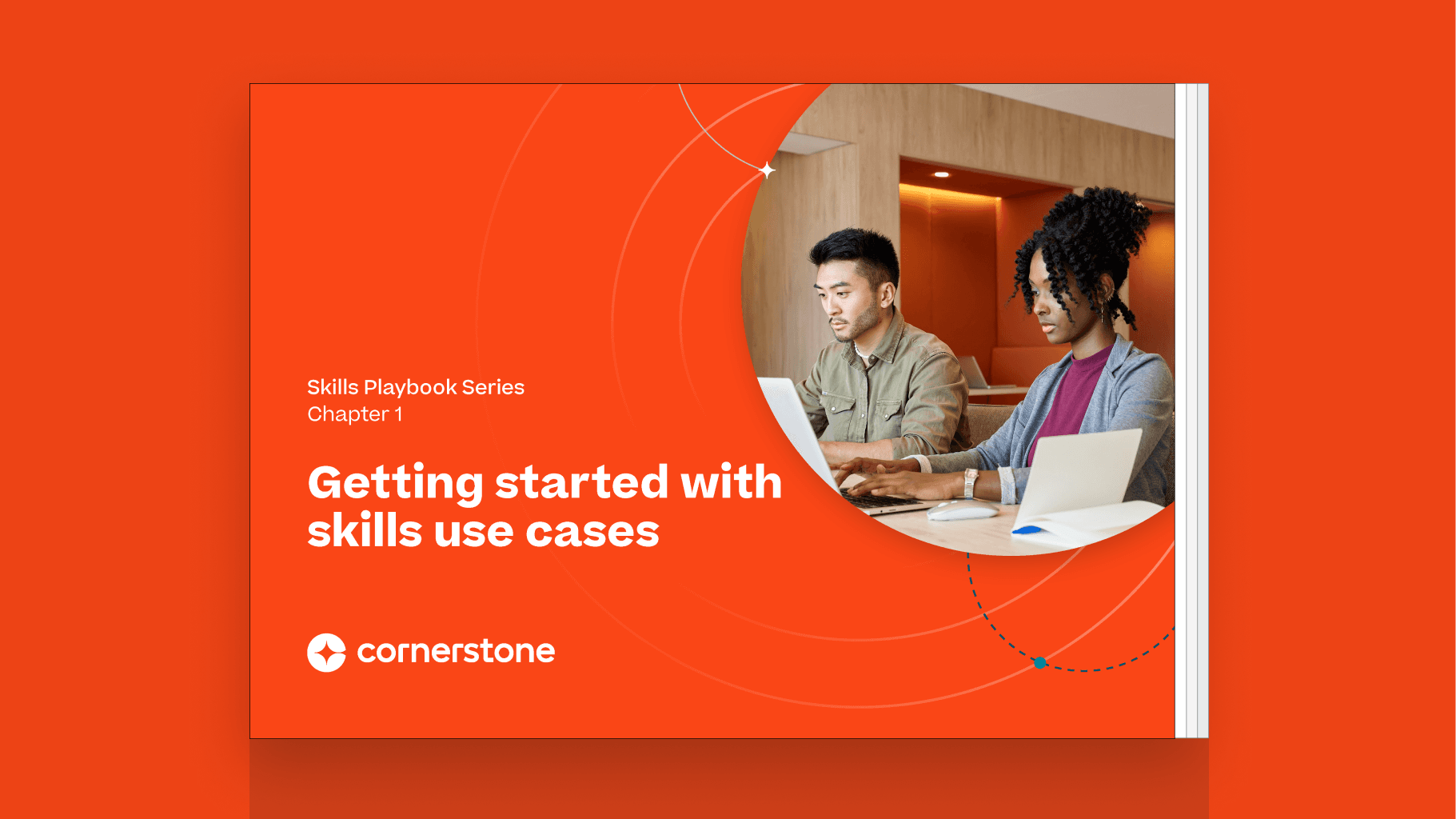In today’s job market, employers prioritize technical and specialized skills, especially when hiring junior-level employees in an effort to address ever-changing needs. But technical skill shortages in the labor market exist and are likely to continue as technology continues to evolve and rapidly permeate our working lives. As a result, organizations are developing learning and development strategies to address their urgent need for tech talent.
Our team at the Cornerstone People Research Lab (CPRL), in collaboration with the Human Capital Institute (HCI), recently explored this trend, and researched viable solutions for closing the tech talent gap.
The final report, titled "The Revolution is Now: New-Skill Your Workforce to Catalyze Change," found that one way that organizations can start to more proactively and quickly address skills gaps—sometimes even before they appear—is by locating skills adjacencies and leveraging them to develop new and necessary skills. This is also referred to as "new-skilling," which is defined as a proactive, data-driven approach to learning that leverages partnerships and tools to simultaneously strengthen existing skills and develop skills for new roles.
Skill adjacencies are linkages between employees’ existing abilities and those that they need to learn. By identifying these adjacencies, HR and L&D professionals can identify opportunities for upskilling or reskilling to meet emerging needs.
For example, Gartner Research recently analyzed billions of job postings and found that a company in need of a natural-language processing expert can look to employees with machine learning, Python or TensorFlow experience because these skills are closely related. Similarly, employees with email marketing skills have experience that will help them more easily learn community management, while those with interface design skills can pick up the tenants of modern user research.
Our findings showed that 46% of high-performing organizations actively work to identify adjacent skill sets to better inform reskilling programs, while only 26% of other organizations do.
But while using skill adjacencies to refine upskilling and reskilling efforts can bolster the success of an organization, our research also suggests the methods used to identify skills adjacencies might not be effective enough. Our survey revealed that the most common way to study skill adjacencies was by collecting information on similar employee capabilities online and saving that information into spreadsheets and databases. But these tracking techniques can be esoteric and, especially for larger or more complex organizations, collecting and analyzing the massive amounts of data necessary to identify trends is challenging without more advanced technology.
As the need for more technical skills revolutionizes work roles, companies will be better served using emerging technological tools like machine learning or artificial intelligence tools to collect, analyze and identify skill adjacencies. These tools empower companies to parse more information—from not only online job postings but also internal skills surveys, competency models, certification requirements, experience metrics and more—in a faster, more automated fashion. The use of these tools will also ensure that reskilling and upskilling efforts zero in on changing skills trends as they appear and address them before they create deficiencies.
In addition to their ability to improve a workforce’s agility, there’s another underlying benefit to skill adjacencies: increased employee confidence. Today, some 40% of employees aren’t confident that their abilities will be relevant in the future. But by directing them to skills development and training that’s aligned with their existing capabilities and their interests, employees will more easily and rapidly transition from their current roles, to emerging positions, to new needs within their organization.

